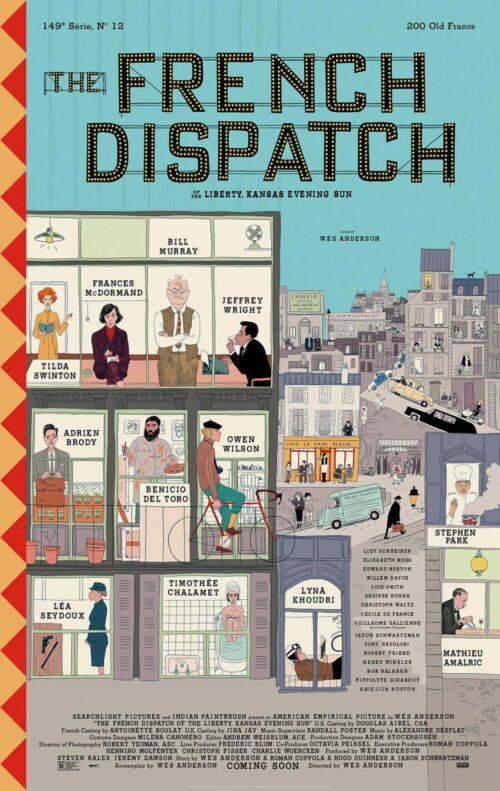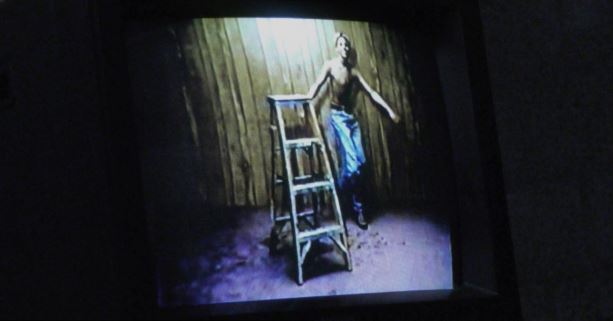In an era that is so self-indulgent in the consumption and progression of technology, it seems like an anomaly that the Apollo 11 flight to the moon was even remotely successful. The blocky computers and radios NASA engineers used at the time seem so primitive compared to today, yet the Apollo 11 flight worked more flawlessly than future endeavors such as Apollo 13. So few people have traveled beyond the atmosphere of the Earth that the concept of space travel is still a futuristic one. Yet, we were able to travel all the way to the moon in 1969. ‘Apollo 11’ does a somewhat experimental approach to a documentary of this nature. It uses no interviews and no voice overlays explaining what is happening. It only uses restored audio and footage to retell the flight itself. It trims the fat and leaves nothing but what people want to see: people travelling to the moon for the first time in human history. With such a simple premise and execution, ‘Apollo 11’ is one of the best documentaries I have ever seen.
As previously stated, the film is extremely simple. It shows footage of the control rooms, the people watching the space shuttle take off and the trip itself. The audio is either added sounds to spruce up footage without audio or recordings from the control room. The control room audio adds most of the narration and exposition that the movie needs. The film also has simple animatics that show what exactly is happening to the shuttle. The simplicity to the film is key to its cohesion. If the film tried to visualize all of the science linguistics the scientists spout, it would be an indigestible mess. The filmmakers use what they need to and show the footage they need to. From front to back, the documentary is seamless in its storytelling and execution.
‘Apollo 11’ is a wonder to watch. A documentary like this only comes around once every so often. There are hardly any problems with it. It is so cohesive and clear that I can’t not recommend it enough. If anything, watch it for the footage that it provides.
It will either give audiences a sense of wonder at the technology produced in the 1960s, or it will bring older audiences back to a time that they thought had long past them. Hopefully in the future, historical footage can be brought to this level of polish and magnitude. Then, the stories of past generations can be retold with the reverence they deserve.
What did you think of ‘Apollo 11?’ Let us know in the comments below.

































































































